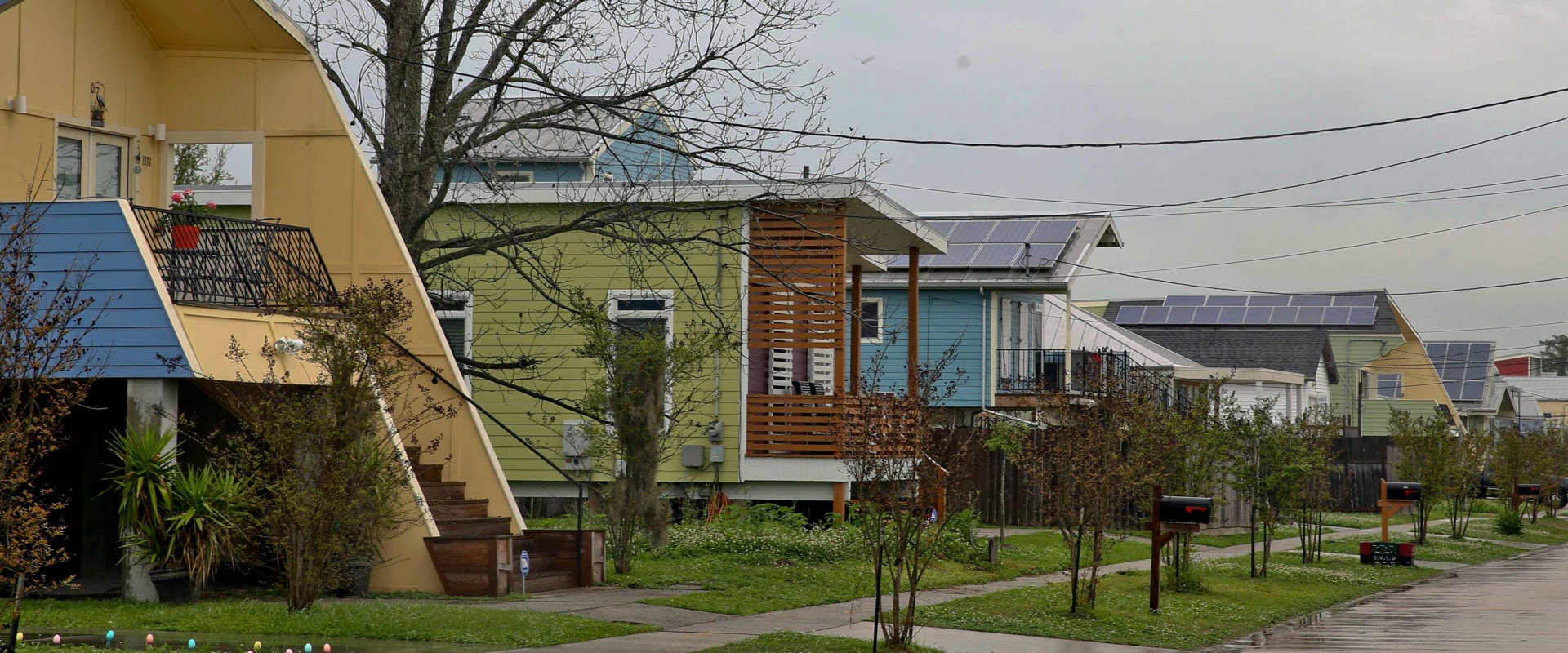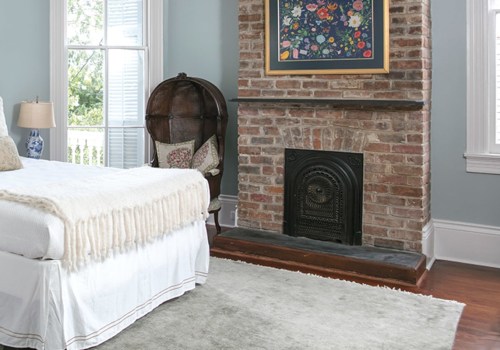Prepared by Lynne Sehulster, Ph, D, 1 Raymond Y, W. Chinn, M,D., 2 the material in this report originated from the National Center for Infectious Diseases, James M. Hughes, M. D.
The health facility environment is rarely involved in the transmission of diseases, except among immunosuppressed patients. However, involuntary exposures to environmental pathogens (e.g., Legionella spp.) can be effectively prevented through the use of environmental infection control strategies and engineering controls. The incidence of healthcare-related infections and pseudo-outbreaks can be minimized by the proper use of cleaning products and disinfectants and the proper maintenance of medical equipment (e.g., Routinely taking environmental samples is generally not recommended, except for determining water quality in hemodialysis environments and other situations where sampling is governed by epidemiological principles and the results can be directly applied to infection control decisions. This report, which contains the full list of recommendations with relevant references, is the second part of the Guidelines for the Control of Environmental Infections in Health Centers.
The full four-part guidelines will be available on the CDC's Health Care Quality Promotion Division (DHQP) website. In relation to previous CDC guidelines, the second part of the report (this report) contains recommendations for the control of environmental infections in health facilities and describes control measures to prevent infections associated with air, water, or other elements of the environment. These recommendations represent the views of the different divisions of the CDC's National Center for Infectious Diseases and the Advisory Committee on Infection Control Practices in Health Care (HICPAC), a 12-member group that advises CDC on concerns related to surveillance, prevention, and control of infections associated with health care, primarily in the U. S.
UU. In 1999, HICPAC's focus on infection control was expanded from intensive care hospitals to all centers where medical care is provided (e.g., The topics addressed in this report apply to most health centers in the United States. This report is intended to be used primarily by infection control professionals, epidemiologists, employee health and safety personnel, engineers, facility managers, information systems professionals, administrators, environmental services professionals, and architects. Key recommendations include topics that are beyond the scope of this report, including non-infectious adverse events (e.g., Whenever possible, the recommendations in this report are based on data from well-designed scientific studies.
However, some of these studies were conducted using narrowly defined patient populations or specific healthcare settings (e.g., The building regulations of hospitals or other health facilities may not apply to residential home care units. Similarly, infection control measures indicated for the care of immunosuppressed patients are not usually necessary in centers where such patients are not present. Other recommendations were derived from knowledge gained during research on infectious diseases in health centers, where the successful eradication of the outbreak was often the result of multiple interventions, most of which cannot be evaluated independently and rigorously. This is especially true for construction situations involving air or water.
Other recommendations were derived from empirical engineering concepts and may reflect industry standards rather than evidence-based conclusions. When it comes to home remodeling in New Orleans near environmentally sensitive areas there are certain considerations that must be taken into account. For example, building regulations may not apply to residential home care units and infection control measures indicated for immunosuppressed patients may not be necessary if such patients are not present. Additionally, environmental samples should only be taken when necessary as determined by epidemiological principles and when results can be directly applied to infection control decisions.
The guidelines for preventing transmission of Mycobacterium tuberculosis in health facilities provide additional information on engineering controls while AAMI Association for Advancement of Medical Instrumentation (AHJ) competent authority: AIA American Institute of Architects (ASHRAE), American Society of Heating Refrigeration and Air Conditioning Engineers (DHHS USA) Department of Health and Human Services HEPA High Efficiency Particulate Air HIV Human Immunodeficiency Virus HSCT Hematopoietic Stem Cell Transplant HVAC Heating Ventilation Air Conditioning JCAHO Joint Commission on Accreditation of Health Organizations Health and Safety Administration OSHA Vancomycin Resistant VRSA Staphylococcus aureus VZV Varicella Zoster Virus provide additional information on handwashing and hospital environmental control as well as other possible infectious hazards associated with aerosols in health facilities. In order to prevent waterborne microbial contamination within distribution systems it is important to take additional engineering measures indicated by epidemiological research to control waterborne and healthcare associated legionellosis as well as routine handling of contaminated clothing when animals are present as patients or research animals in health centers. Finally regulated medical waste management transportation and storage should also be taken into account when remodeling homes near environmentally sensitive areas in New Orleans. The implementation of these recommendations is highly recommended as they are supported by certain experimental clinical or epidemiological studies as well as strong theoretical basis or suggestive evidence from clinical or epidemiological studies or theoretical justification.








Leave Message